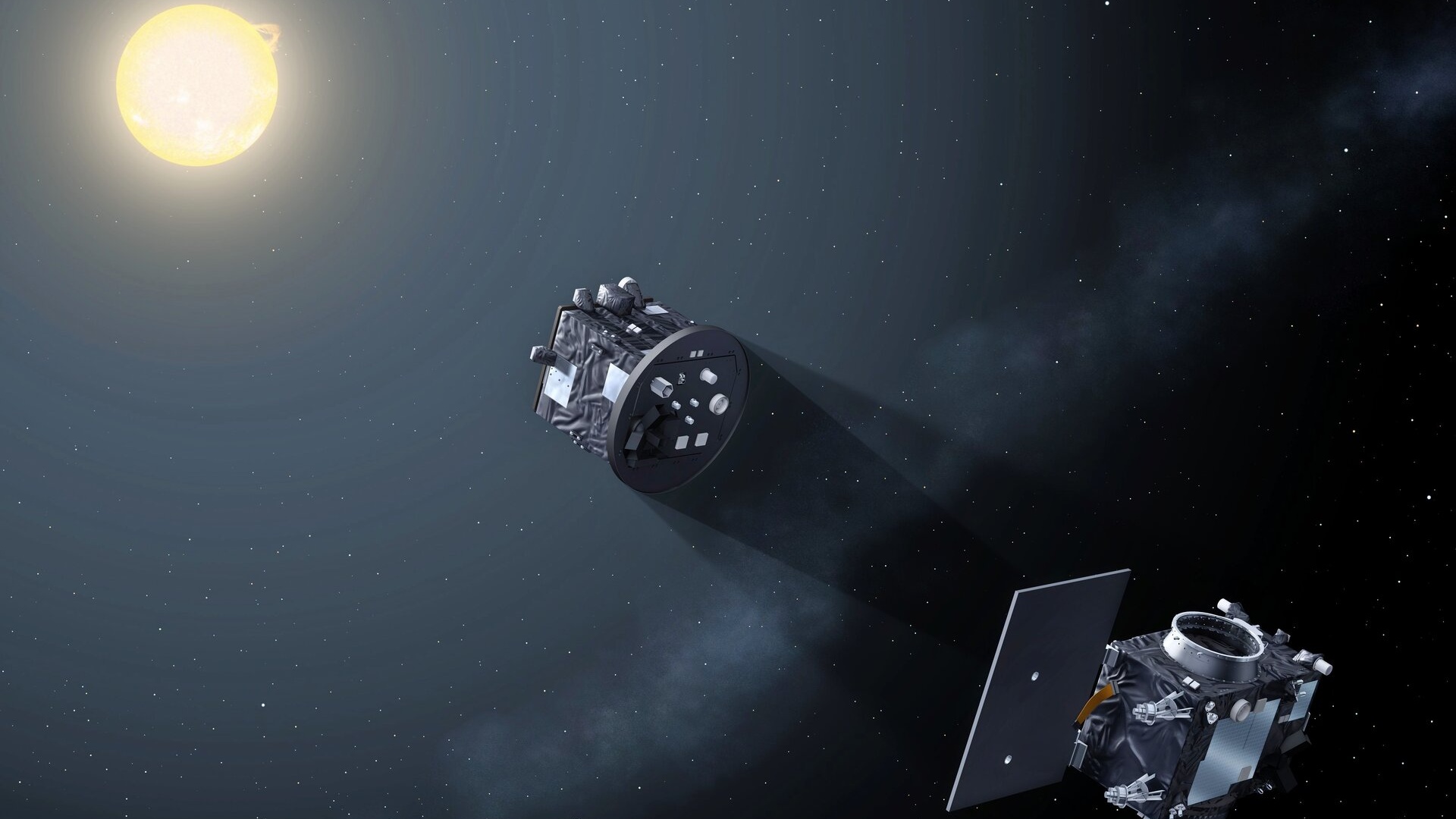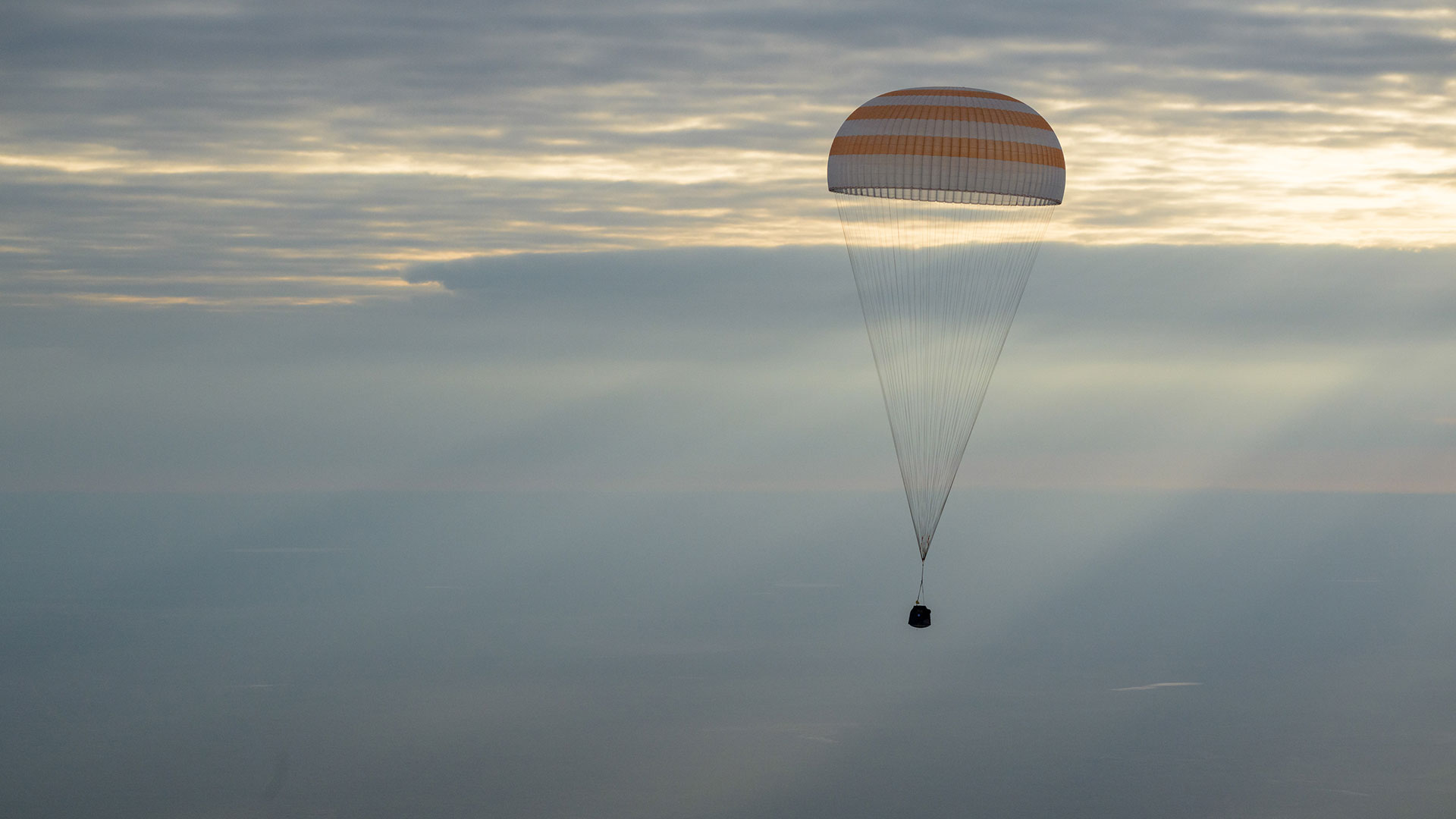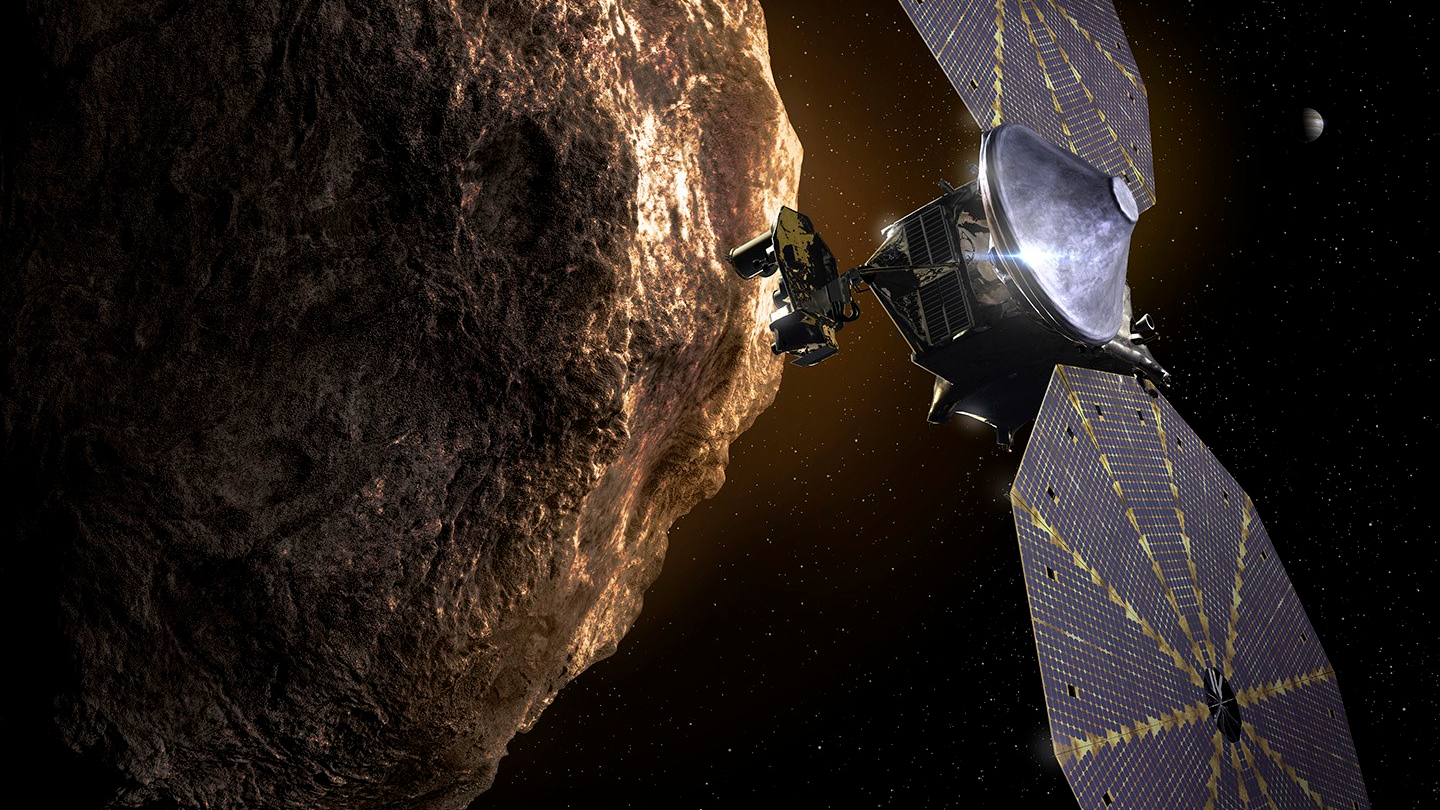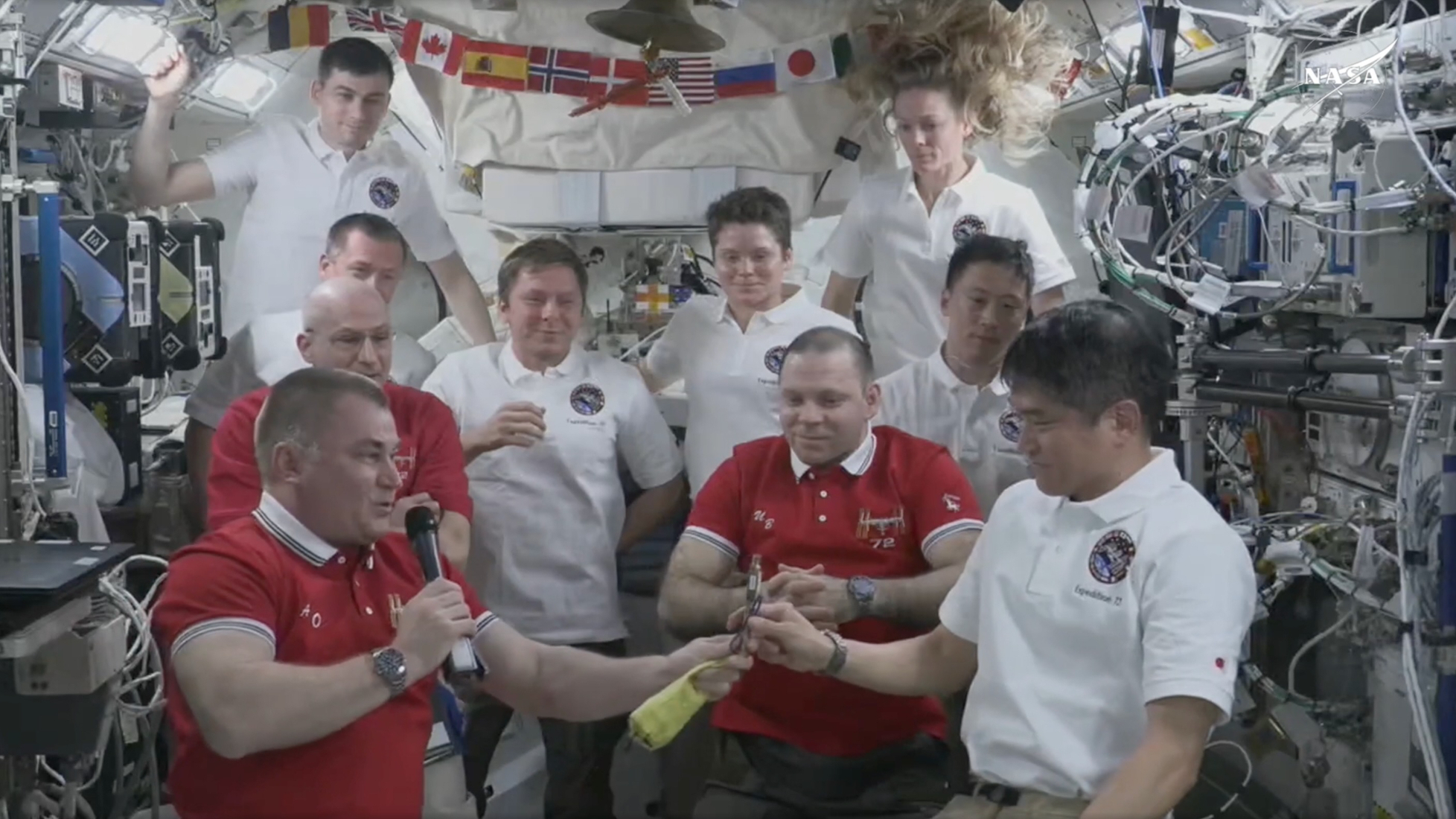Europe's Proba-3 mission will create an 'artificial eclipse' to the study sun's corona
"This will be achieved autonomously, without relying on guidance from the ground."

While the world eagerly awaits the total solar eclipse in April, scientists are already planning observations for the next — except this will be an "artificial" one. Here's what that means.
Proba-3, a mission led by the European Space Agency (ESA), has been in the making for at least 14 years. It's due to finally launch this September, and is designed to better detect tiny, faint features in the sun's extremely dim outer atmosphere called the corona.
To accomplish that goal, the mission will launch two small satellites together which will separate once in space and fly in tandem in an orbit around Earth. Much like the moon passes in front of the sun during a solar eclipse, the two satellites — an occulter and a specialized instrument called a coronagraph — will mimic a natural solar eclipse by lining up 144 meters (472 feet) apart, such that the former blocks out the sun's glaring disk for the latter.
"This will be achieved autonomously, without relying on guidance from the ground," according to a previous ESA statement.
Related: Total solar eclipse April 2024: 10 of the biggest cities within in the path of totality
While the pair of satellites will take 19.5 hours to circle Earth once, they will maintain their formation for just six hours in each orbit to reduce fuel costs, said ESA. Such a configuration, reportedly the first of its kind, will bring the corona into view. This solar feature is so faint that it's visible only during natural solar eclipses, which don't last very long and aren't very common.
"We won't see quite as close to the solar limb as during a terrestrial eclipse," Russell Howard, an astrophysicist at the John Hopkins University Applied Physics Lab who was not involved with the Proba-3 mission, said in the statement. "But having such images for hours on end compared to the five to 10 minutes duration of an eclipse event will be spectacular."
Get the Space.com Newsletter
Breaking space news, the latest updates on rocket launches, skywatching events and more!
Coronagraphs normally include an occulter, so they come capable of blocking out the sun's bright disk themselves. But they also experience data-damaging diffraction, a consequence of light spilling around their edges and sometimes overshining very faint signals.
"The best way to reduce diffraction is to increase the distance between the occulter and the coronagraph, which is precisely what Proba-3 is going to do," Proba-3's project manager Damien Galano said in a statement earlier this week.
Europe temporarily lacks independent access to space after it retired its Ariane 5 rocket and is yet to debut its successor, Ariane 6. It also delayed the return to flight date of another rocket, Vega C, to late 2024. Not to fear, the Proba-3 mission will lift off from India instead, from the country's spaceport in Sriharikota.
Join our Space Forums to keep talking space on the latest missions, night sky and more! And if you have a news tip, correction or comment, let us know at: community@space.com.

Sharmila Kuthunur is a Seattle-based science journalist focusing on astronomy and space exploration. Her work has also appeared in Scientific American, Astronomy and Live Science, among other publications. She has earned a master's degree in journalism from Northeastern University in Boston. Follow her on BlueSky @skuthunur.bsky.social









